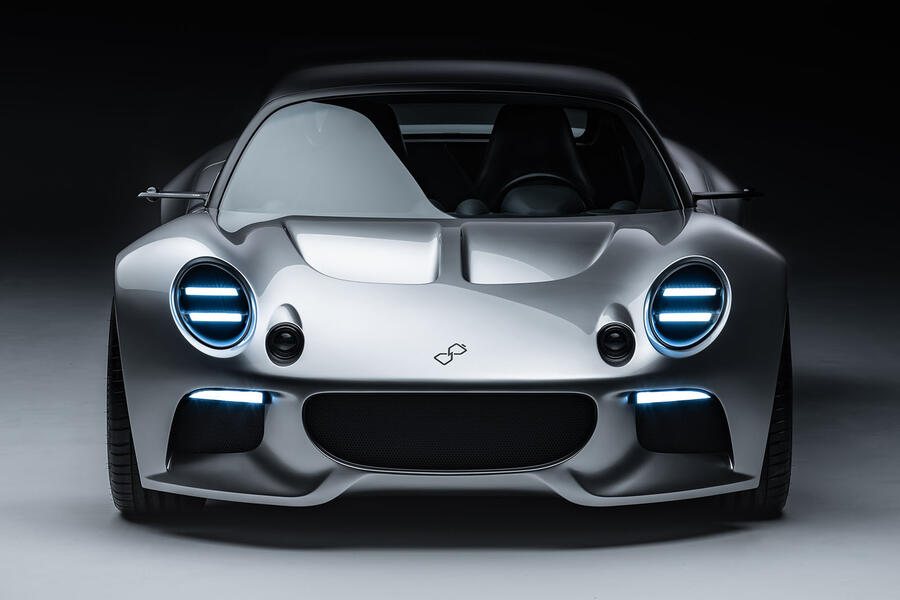
The iconic Lotus Elise has been reimagined as a high-speed electric vehicle by its original designer. The new concept will first be released as a road-ready prototype in November of this year, with plans for even sportier versions in the future.
Powered by advanced battery technology from Nyobolt, a British-based tech firm, this eye-catching electric concept may be limited to a production run of 25 cars per year. A decision on production will be made about a year after the proof-of-concept prototype hits the road.
Weighing only 1246kg and boasting 368lb ft and 470bhp, the vehicle will have a power-to-weight ratio of 400bhp-per-tonne, offering sports car performance similar to traditional internal combustion engines (ICE), along with a usable electric range of 155 miles.
The prototype will undergo road testing on British proving grounds in November, although there are no plans for Nürburgring development at this time.
The original designer of the Elise S1, Julian Thomson, who is now working at General Motors, collaborated with Warwick-based Callum Design Agency to bring his 2021 sketches to life. The agency was founded by his former boss and ex-JLR design head, Ian Callum. Thomson is also known for designing various concepts for the Volkswagen Group and the Range Rover LRX concept, which previewed the Evoque.
The concept car is based on the chassis of a Lotus Exige S and serves as a technology demonstrator for Nyobolt, a battery start-up based in Cambridge. The company claims that its tungsten anodes can significantly reduce EV charging times to just a few minutes. Nyobolt believes that its fast-charging technology will unlock the full potential of battery performance, making recharging as convenient as refueling a petrol or diesel car.
Recently, Nyobolt secured £70 million in funding, and its batteries are already being used in industrial applications in the robotics industry.
